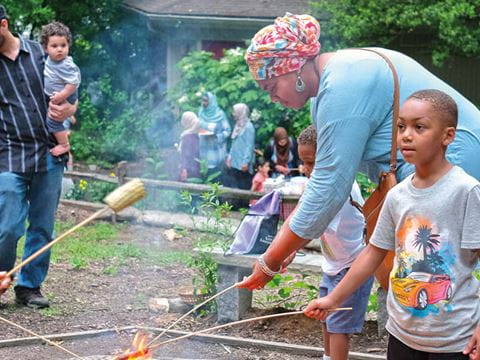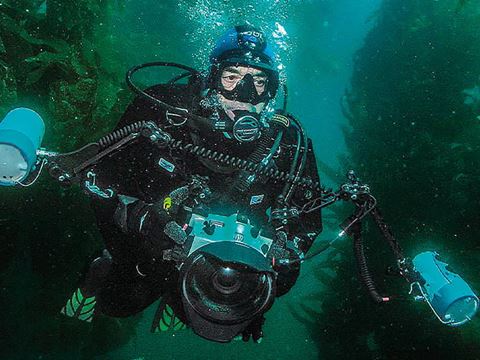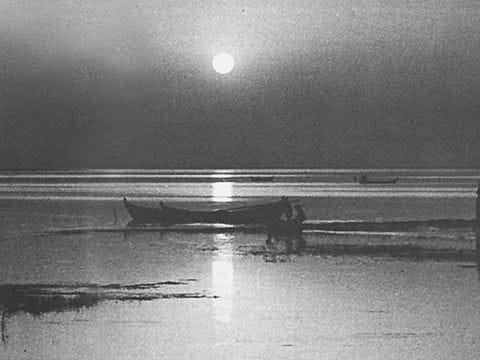
FirstLook: A Lens and a Legacy
As a young man in 1948, Shaikh Amin traveled from newly established Pakistan to accept a job in the storehouse of Aramco in Dhahran, Saudi Arabia. He had put away part of his salary, and within a few years of joining the oil company, he saved enough money to buy a Rolleicord twin-lens reflex camera. He enrolled in a photography course by correspondence from the US and began to pick up freelance jobs, and in 1965 he qualified for a trainee post with the company’s Photo Unit.
As a young man in 1948, Shaikh Amin traveled from newly established Pakistan to accept a job in the storehouse of Aramco in Dhahran, Saudi Arabia.

He had put away part of his salary, and within a few years of joining the oil company, he saved enough money to buy a Rolleicord twin-lens reflex camera. He enrolled in a photography course by correspondence from the US and began to pick up freelance jobs, and in 1965 he qualified for a trainee post with the company’s Photo Unit. He rose quickly to become chief photographer, and even after he retired in 1985, he returned annually on special assignments for another nine years, becoming one of the most prolific photographers of one of the world’s most dramatic industrial transformations: the “oil boom” decades in Saudi Arabia.
Pipelines, refineries, wells, exploration teams and the communities of people who built and formed them became his daily assignments amid the constant challenges of heat, blowing sand and other adversities. This aerial image, shot in 1993, shows one of Aramco’s deep-desert road-building teams carving over and around 100-meter dunes in the eastern reaches of the Rub al-Khali, or Empty Quarter, on the way to Shaybah, the most remote oilfield in Saudi Arabia. Whether in the air over dunes or balanced on the shoulders of fellow pilgrims while shooting for AramcoWorld in Makkah, Amin brought his artistic eye and unflappable optimism to every job he undertook.
He died July 17, at the age of 93, having recently received one more honor for the kinds of photos—of flowers, people and places—that he enjoyed making in his retirement. In all, he received more than 70 ribbons and medals from photo societies around the globe, and three awards from the UN.
“My original thinking was that I should be a good photographer, learning as well as doing a good job,” he said. “People liked me and appreciated my work, and that’s what I wanted.”
—Arthur P. Clark recently retired from his position as an assistant editor of AramcoWorld. For many years in Dhahran, he worked closely with Shaikh Amin.
Photographs by Shaikh Amin can be found in the AramcoWorld image archive.
You may also be interested in...

Ramadan Picnic Photograph by Zoshia Minto
Arts
On a warm June evening, people gathered at a park in Bethesda, Maryland, for a community potluck dinner welcoming the start of Ramadan.
Explore Underwater Photography With Diver Eric Hanauer
Science & Nature
Underwater photographer and writer Eric Hanauer’s work for AramcoWorld exposed an entirely new audience to the rich marine life of the Red Sea. From his home in California, he reflects on his four-plus-decade career.
Discovering Life and Architecture in Iraqi Marshes
History
Arts
Amidst "the stillness of a world that never knew an engine... he found at last a life he longed to know and share.